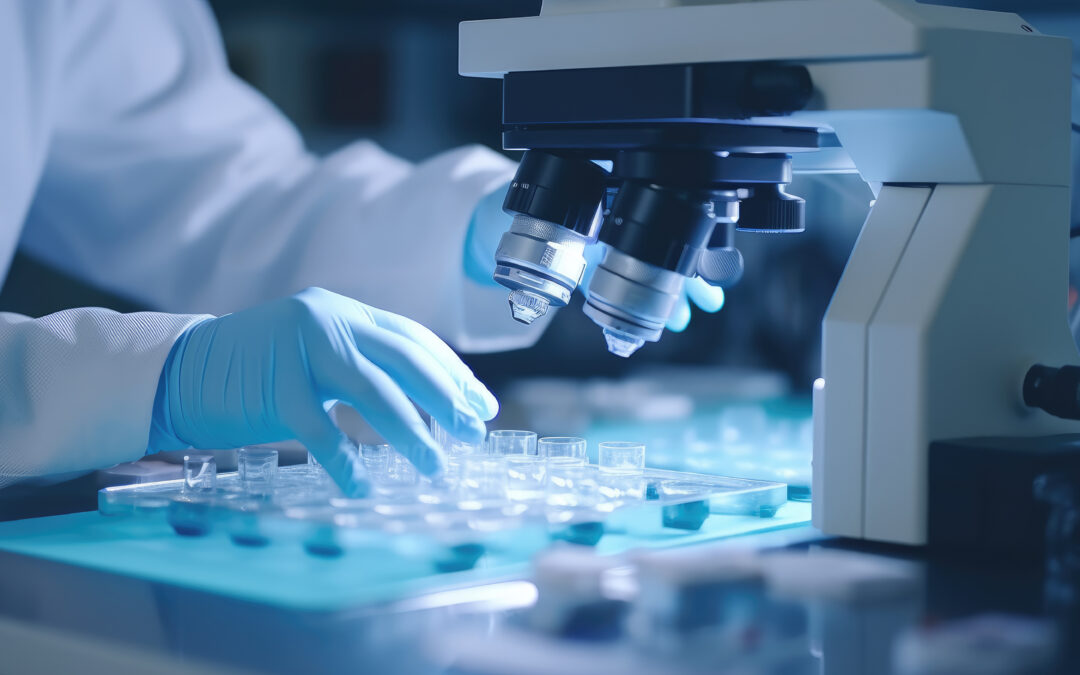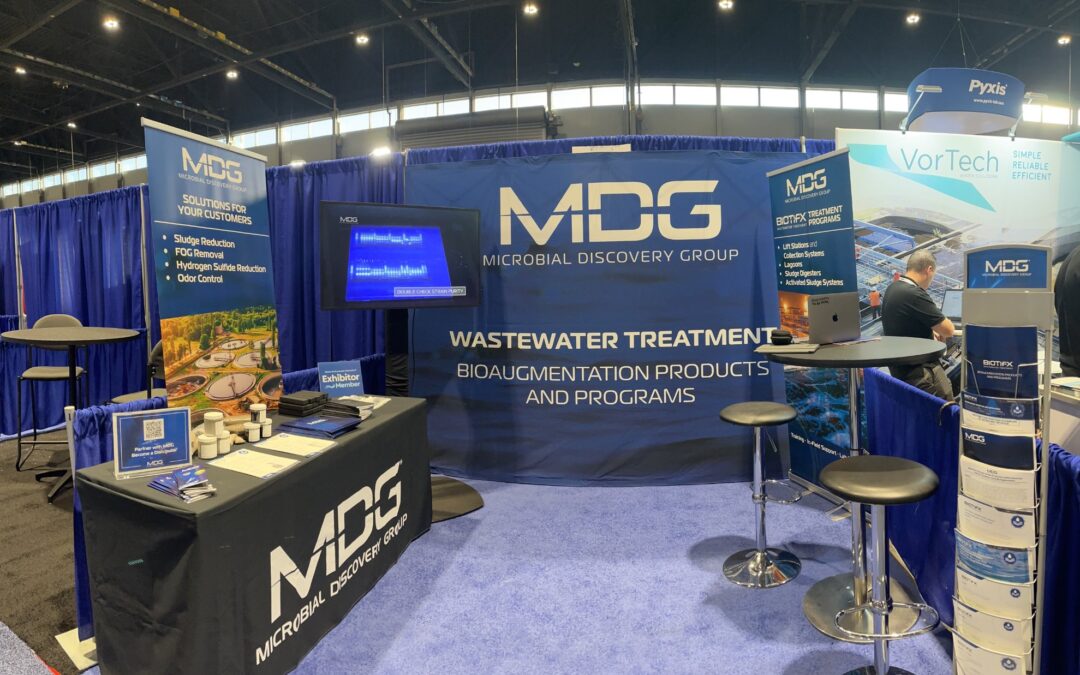Nobody wants to wake up in the morning to the smell of their pet’s mess. But lucky you, you’re the one who gets to clean it up. Before you run to the cabinet to grab that foaming cleaner with a strong fragranced deodorizer, perhaps it’s best to take a few minutes to understand why your pet’s mess smells the way it does. Knowing this may encourage you to grab a different cleaning option that will do more than mask the odor, it will remove it. To choose the right product, you must understand what compounds you’re up against. Significant insight into the breakdown of feces and odor production has been reported1 and provides good information about why your pets feces smells so bad. Whether we’re discussing dog, cat, or horse feces, all feces odor comes from similar odor-causing compounds. While the diet plays a significant role in the varying quantities of these compounds, you can be certain the culprit is a mixture of these top 5 contributors:
1: Volatile fatty acids (VFAs): VFAs are organic acids produced by the microbial metabolism of biomass and food waste, such as dietary fiber, starch, protein, and amino acids. VFAs are quite odorous, and the variety of the VFAs produced can add to the different types of odors detected in your pet’s feces. VFAs commonly associated with odor include short-chain fatty acids such as acetic, propionic, and butyric acids as well as C5-C7 chain fatty acids such as valeric, caproic, and capric acid. Each VFA has its own distinct smell. Valeric and butyric acids, for example, exist in pet feces and are commonly associated with vomit odor.
2: Phenols and Indoles: Phenols and indoles are produced by the metabolism of amino acids and represent very intense odors. Depending on the diet, different types and quantities of compounds can be found. For example, skatole (3-methyl indole), is found naturally in pet and livestock feces and is indicative of an intense pungent feces odor.
3: Sulfur-Containing Compounds: Anaerobic sulfate reduction by bacteria and certain amino acid degradation pathways will produce sulfur-containing compounds that emanate malodor. The breakdown of sulfur-containing amino acids is known to release hydrogen sulfide (rotten egg odor) and mercaptans. Mercaptans are associated with a variety of smells; methyl mercaptan and volatile dimethyl sulfide is associated with rotting cabbage odor, while ethyl mercaptan is noted as pungent garlic or skunk-like odor.
4: Deamination: Deamination is the removal of an amino group from an amino acid. Deamination often releases carbon dioxide, hydrogen, and a variety of odor-causing compounds such as VFAs and ammonia. Many are already familiar with the strong chemical smell of ammonia, often associated with urine breakdown and ammonia chemical cleaners.
*A quick fun feces fact: in addition to deamination, ammonia can also be found in feces due to urea metabolism and nitrate conversion. Yuck!
5: Decarboxylation: Decarboxylation is the removal of a carboxyl group or the removal of a carbon from a carbon chain from an amino acid. Decarboxylation can release a wide array of odorous amines such as, but not limited to, methylamine (pungent fish-like odor), ethylamine and butylamine (both ammonia-like odors), as well as putrescine and cadaverine commonly associated with the smell of decaying animals and even bad breath.
Pet odor is difficult to control with chemistry alone.
As you’ve just learned, the science behind feces odors may be complex, but the solution doesn’t have to be. For decades cleaning companies have provided fragrance and odor counteractant containing cleaning chemistries that attempt to cover up, mask, or bind odors related to defecation. These chemistries quickly dissipate, leaving the source of the odors in the carpet. With all the science going on behind the scenes of pet odor, companies would benefit from offering a long-term cleaning and odor abating solution.
A New Solution: How do Bacillus cleaners help with feces odor in carpets?
Bacillus strains can be combined with cleaning chemistries to improve treatment.
Bacillus cleaner strains provide the following advantages:
- Bacillus cleaning products provide an environmentally and pet-friendly solution
- Bacillus digest a broad spectrum of feces odor compounds
- Produce a wide array of enzymes that help with odor digestion
- Bacillus considers the sources of odor as food
- Volatile fatty acids, volatile sulfur, amines, ammonia, and other malodorous compounds are assimilated or utilized by Bacillus cultures
- Bacillus continue digesting or cleaning the unseen feces left behind by carpet cleaners and extractors long after initial application
- Bacillus reduce pet repeated offense, by changing the odor profile of the preferred defecation location
- Bacillus provide a 1-2 punch of short-term and long-term odor abatement when combined with odor control chemistries
So, the next time your pet makes a mess, don’t feel like you need to run and grab a substandard cleaning product. There’s a better and more green option. At MDG, we specialize in the isolation, characterization, and fermentation of Bacillus strains. Our knowledge of the five main odor contributors allows us to supply our partners with strains that are chosen specifically for their ability to combat the odors found in feces.
Contact our team today to discuss which strains offer the best solution for your I&I customers.
References
- Biochemical identification and biological origin of key odor components in livestock waste. Mackie, R., P. Stroot, and V. Varel. J. Anim. Sci. 76:1331-42.









